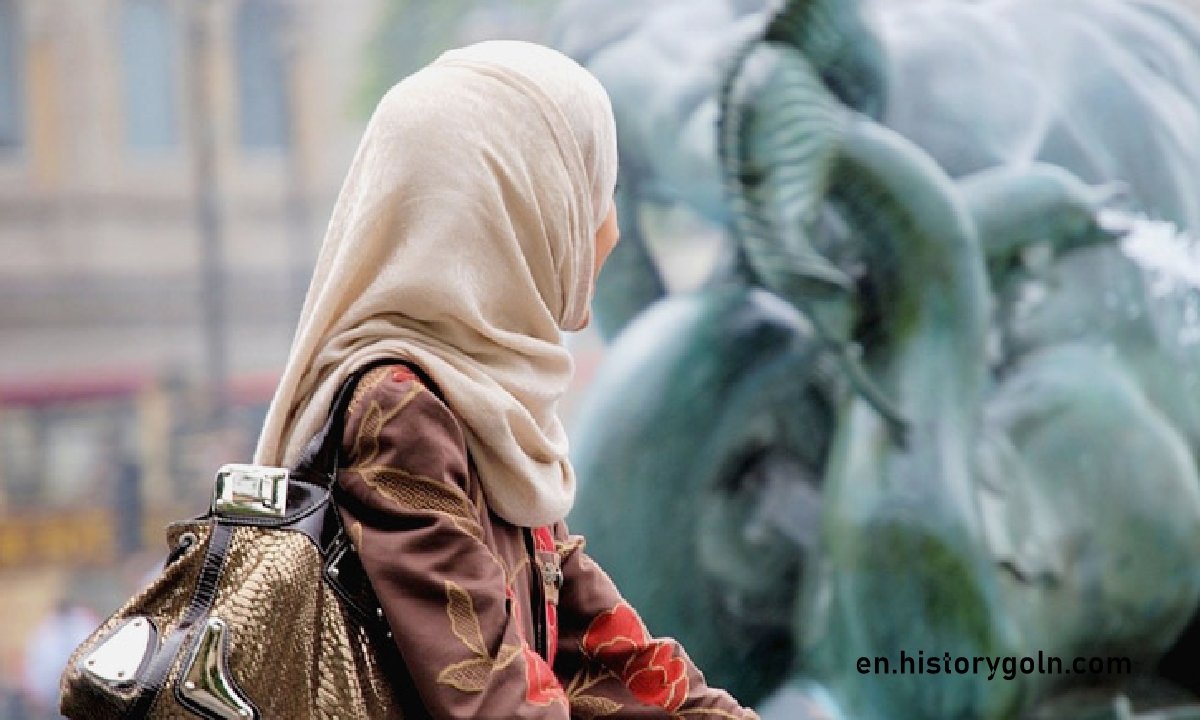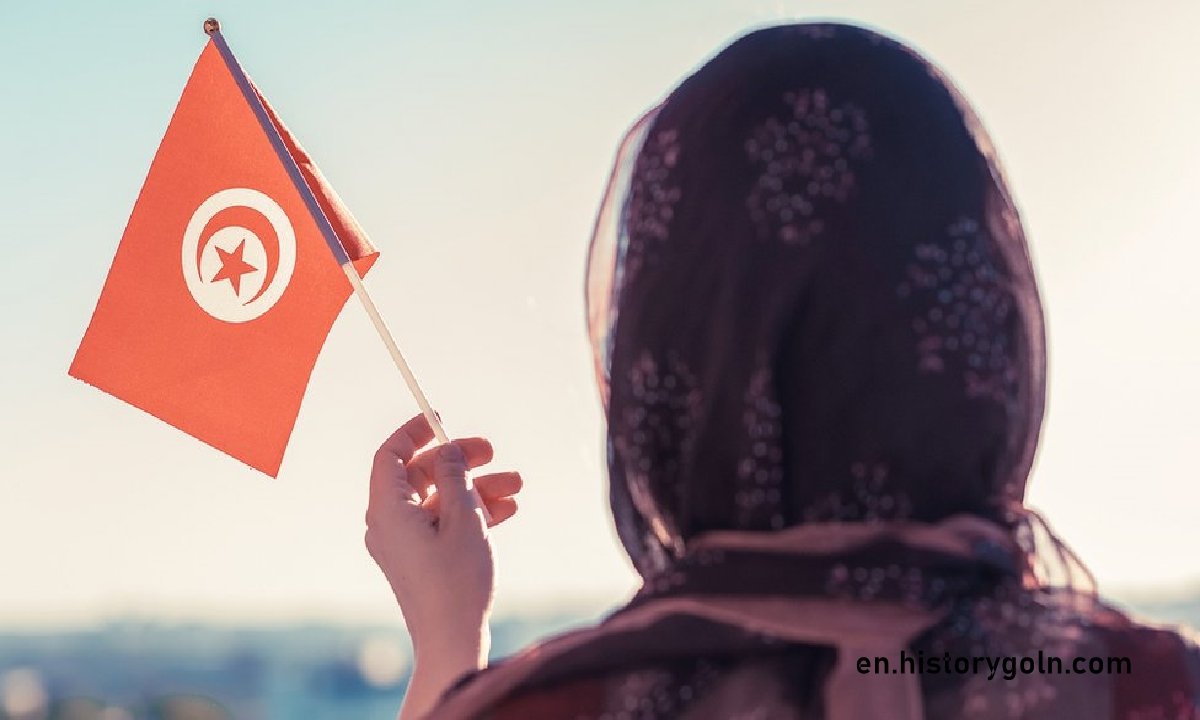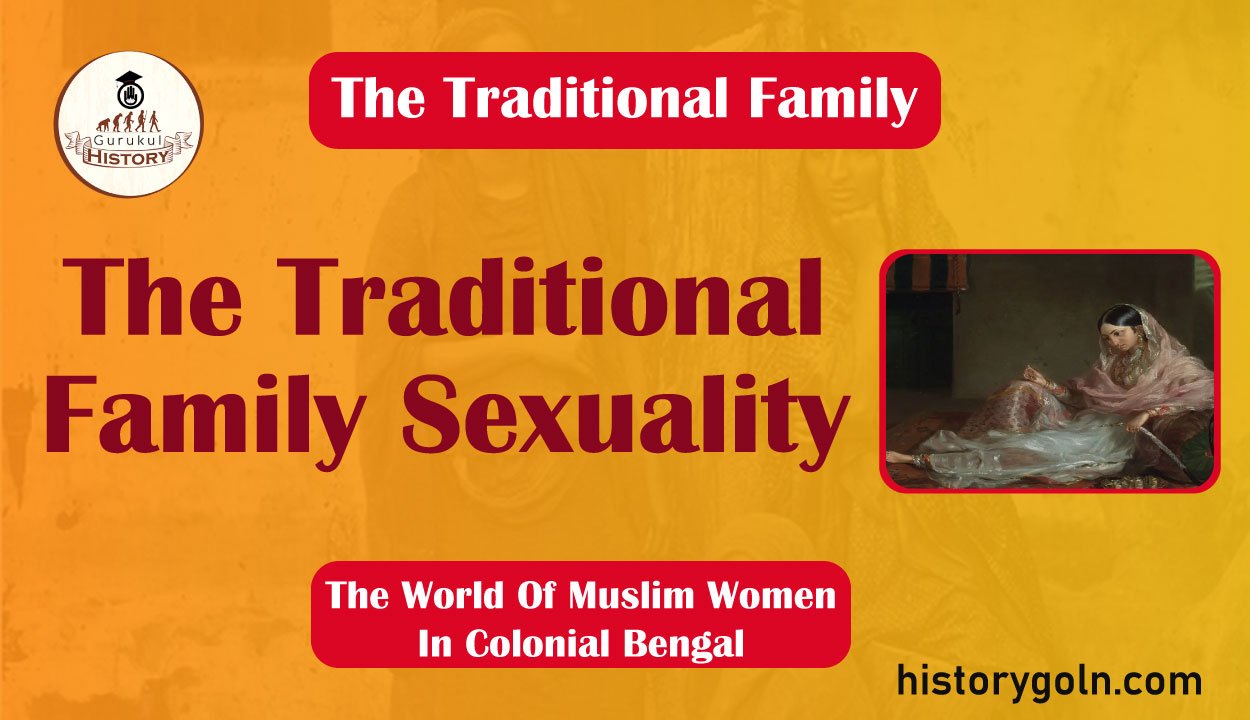Today our topic of discussion is The Traditional Family Sexuality .
The Traditional Family Sexuality

As early as the eighteenth century in Bengal there were various texts dealing exclusively with conjugal aspects of life, apart from chapters on the matter in the more comprehensive ones. In the relatively more ‘Trank” and less uninhibited atmosphere of the eighteenth century (as compared to the later bhadrolok puritanism of the later centuries), literary texts in Bengal would come in verse punthi form.
A recent study provides a list of such manuals dealing with various aspects of ethical and conjugal life. Syed Ghazi’s Rati Shastra (Manual for Love) and Ainuddin’s Nikah Mongol (Wedding Bliss) were eighteenth century treatises dealing with details of marriage and consummation. A striking feature in these was the tenderness and concern men were called upon to show in their relations with women.
Several poets of the eighteenth and nineteenth centuries composed works with the same titles, c.g.. Rati Shastra/Kam Shastra (Love/Sex Manual) by Abdun Nabi, Monchar, Shah Ali and Manjila Khan. These punthi style tracts played an important role before the later prose works became popular. “Actually, the verse epics dealing with conjugal life were composed from the fundamental desire to beget healthy and meritori ous children.
Even if these manuals had no scientific or realistic basis, the populace’s weakness for them is testified to by their very existence, of the late nineteenth century instructional manuals, “Lajjatunnessa” (1897) by Ali Ahmed Arjan seems to have been popular, even though it was written “in prose full of coarse writing”, as one commentator put it.
The book (which some interviewees remembered seeing in their early days) basically describes the different types of men and women mentioned in the “Kama Shastras” and remedies for the various diseases with a number of stories to illustrate the faithlessness of women. It seemed that the author was over-anxious to enlighten his (male) readers of the pleasures of sex as well as the latent dangers therein.
The world of temptation was often a stone’s throw away from the home. In the case of the nobility many mansions had adjuncts where tawaif gave their song and dance performances to reclining lords. Often the performers would be kept on as mistresses in adjoining wings. Most elite families in the golden (and silver) days of the landed aristocracy, kept miniature harems. The Nawabs of Dhaka were reputed to marry several times; some- times marriages were frequent, followed by divorces.

They patronized the arts and the halls of stately mansions would resound with the sound of music on evenings of entertainment. The children heard stories of the ‘escapades’ of the male members but girls specially were very strictly brought up and sensuous living, if it were practiced at all, was something they would not know of
For some, there could be the ultimate bahir, the “kotha”.
It was a salon of the performers and prostitutes in separate neighbourhoods which could be found in big cities only, in imitation of imperial Lucknow, replete with its courtesans, refined culture and elegant living. (When Wajed Ali Shah left Lucknow, he was reported to have brought not only his harem, but a train of performers and musicians, to Calcutta.)
The kotha often resembled a home, but was, more appropriately a subversion of it. This world of ‘sin’ was avidly denounced by the reformist standard as decadent forms of the unreconstructed sharif culture’ which should not figure in the horizon of the new Muslim generation. Such decadence was condemned both by the anti-west reformists who longed for the pristine glory of Islam, and the pro-west liberals who desired a new order of things.
The influential poet Hall engaged in his reformist project of weeding out such decadent practises referred in his Majalis un-nissa to the (negative) role of courtesans in the lives of sharif nineteenth century men. Hali implied that men visited the courtesans out of their need for refined companionship. He resorted to typical Victorian style euphemism:
You should consider the man a thirsty traveller and the woman & spring. If the spring happens to be at the bottom of a tree and there is greenery all around, then the traveller after quenching his thirst will want to spend several hours enjoying the environment. There may be plenty of other springs where he would simply quench his thirst and go his way, Gail Minault, authoritative translator of Hali, interprets this passage thus:
If middle class wives are literate and cultivated-traditionally the role reserved for courtesans-men will be saved from dissolute lives. …Hali argues that there will be no further need for courtesans but a tremendous increase in morality if wives replace courtesans in their husbands’ affections. As we shall see in the chapter on education (Chap. IV), this argument was also used on occasion by Bengali women.

Courtesans were traditionally an affair of the rich. For those of lesser means there were ordinary prostitutes. in this regard, bhadro attitude was very condemnatory and yet it is now accepted that in the flourishing Calcutta of the nineteenth century – prostitution made encro- achments everywhere into the “haat and bazaar” (everyday marketplace) as the saying went. Ibrahim Khan in his memoir wrote about prostitutes in the little town. he lived in under a section titled ‘Barbonita’:
In those days there were brothels next to almost all market places, river ports and bazars. Zamindars and talukdars encouraged this as a source of revenue… sometimes for personal reasons. Young men from the middle class, well to do families of the countryside would frequent those areas and sometimes bring the women home as wives.
See more:
